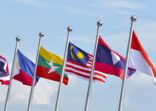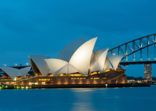China’s Qualified Foreign Institutional Investor (QFII) scheme and its renminbi equivalent (RQFII) allow foreign institutional investors to invest in onshore assets using US dollars and offshore renminbi, respectively, within allocated quotas.
CIMB-Principal AM received an RQFII quota amounting to RMB600m ($87m) in April, a year and a half after the programme was extended to Malaysia, in November 2015. The country was given an aggregate quota ceiling of RMB50bn ($7.25bn)
China Securities Regulatory Commission (CSRC) granted CIMB-Principal AM its RQFII licence in January this year.
Separately, Haitong Bank received a QFII quota for the first time last month amounting to $500m, according to SAFE’s records. The bank received its QFII licence in March, as reported.
Since the programmes began, SAFE awarded around RMB 542bn in RQFII quotas to 183 licence holders and $90.71bn in QFII quotas to 281 licence holders, according to SAFE.
In total, there are 219 RQFII and 309 QFII licence holders as of the end of February, according to CSRC.
RQFII and QFII bring capital into China. By comparison, the qualified domestic institutional investor (QDII) scheme allows onshore investors to invest offshore.
SAFE stopped issuing new QDII quotas in March 2015 due to concern over capital outflows and their effect on the renminbi.
















